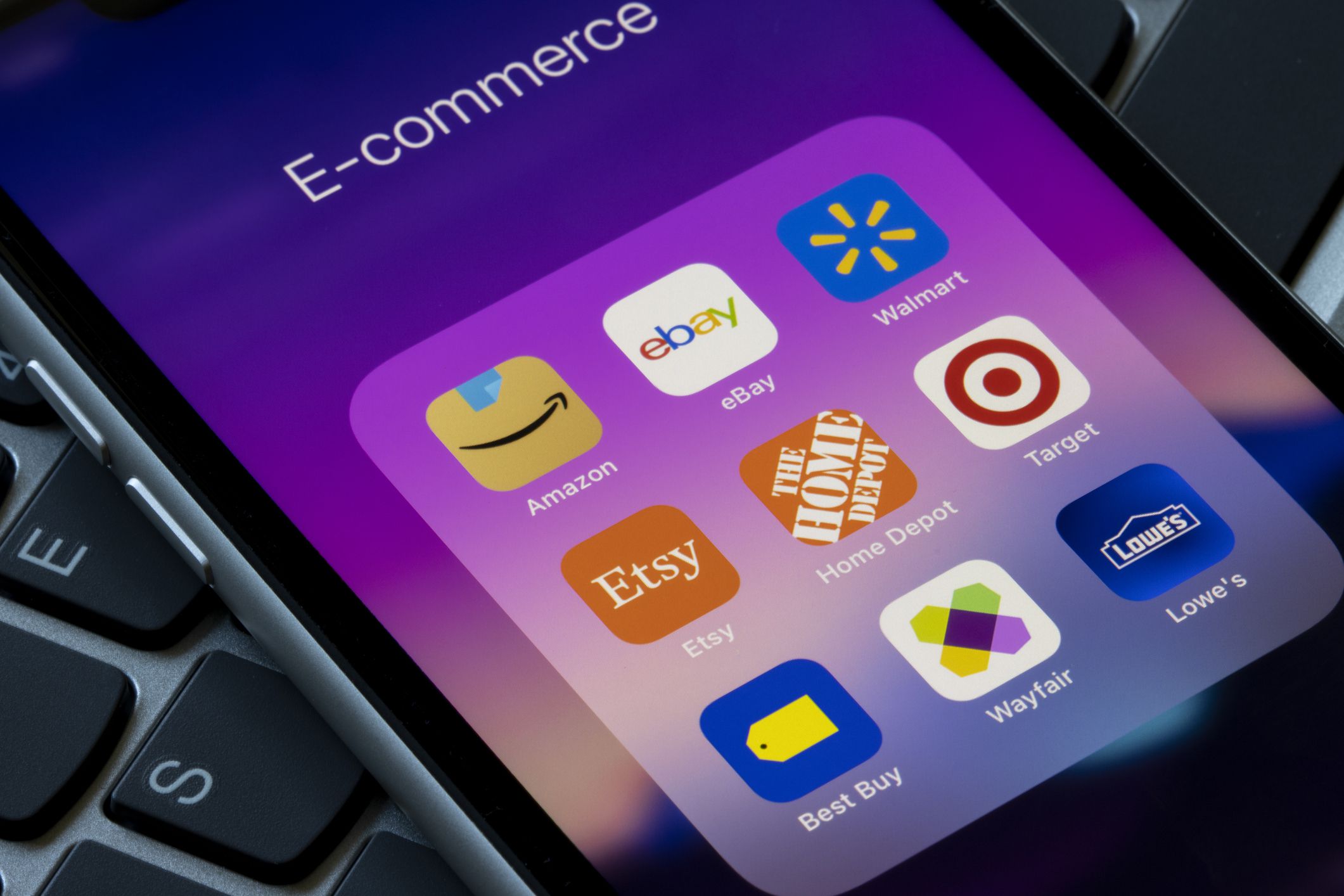If you have a knack for arts and crafts, you’ve likely already heard of Etsy. Founded in 2005, the ecommerce platform has become vital to artists, collectors, and designers from around the world in connecting and selling everything from homemade jewelry, gift sets, and knitwear to coffee mugs and pottery. If you have a product you’d like to try selling, we’ve outlined the pros and cons of starting an Etsy shop and what you need to get your business off the ground.
Related: How to Start a Profitable Airbnb Business
Pro: It Can Be Very Lucrative

With more than 96 million active buyers, Etsy can be a great platform for selling handmade or vintage items to a built-in audience. Successful sellers earn between $43,000 and $46,000 a year, according to Sale Samurai; with top earners netting more than $65,000 per month — a pretty solid incentive to quit your day job.
Related: Unique and Creative Holiday Gifts on Etsy
Con: It Can Feel Limiting

Since Etsy’s marketplace is made up of craft supplies, handmade items, and vintage goods, you must sell items that fit into one of these categories to be approved; wholesalers or resellers therefore cannot sell on Etsy. If the products you want to sell aren’t good fits for Etsy’s pillars, you may want to consider platforms such as Poshmark, eBay, or Facebook Marketplace for your selling needs.
Pro: Etsy Offers Built-In Analytics and Tech Support

Unlike the pages of mass-produced or wholesale items sold on Amazon or Alibaba, Etsy shops provide curated items to fill specific niches. Listing your products on Etsy could therefore enable you to gain more sales from organic search traffic via its homepage. Opening an Etsy shop also gives you access to its analytics support platform, which covers inventory, shipping assistance, and more.
Con: Etsy Takes a Cut of Your Earnings

Like most ecommerce sites, Etsy takes a percentage of your earnings for listing and selling products on its platform. On average, Etsy takes a 6.5% cut from each sale, plus a 20-cent listing fee per item. Other fees may cover gift-wrapping and shipping. Which payment method do you want to use? Etsy will charge an additional 25 cents for processing PayPal transactions.
Step 1: Find Your Niche

So you’ve decided the pros outweigh the cons and want to try Etsy. With thousands of online shops vying for consumers’ business, it’s important to stand out by having unique products and designs. If marketing isn’t your forte, consider hiring a graphic designer to help come up with a clear brand identity — from logos and banner images to branded boxes and product labels — for what you’re selling.
Trending on Cheapism
Step 2: Create Your Etsy Account

After deciding what to sell, you’ll need to create your account. Follow instructions on the Etsy homepage to register and “Sell on Etsy.” Signing up is free. You’ll be prompted to name your store (in 20 characters or less), and submit tax information and details such as whether the shop will be your full-time job and how you’d like for Etsy to pay you.
Step 3: Enter Your Shop’s Preferences and Start Selling

After entering shop preferences such as language, refund and exchange policies, and which countries shoppers and payment methods will be accepted, you can start listing products for sale. Etsy recommends having a minimum of 10 listings for a greater chance of visibility. Include clear, high-quality photos or videos of your products, inventory pricing, shipping details, and product variations: colors, sizes, custom alterations, etc.
The Bottom Line

While setting up an Etsy account is free and easy, it’s important to set realistic goals and remember that it may take several weeks — or months — before you start making money. With so many competitors, you’ll want to make sure the products you sell are well-branded and unique enough to stand out. With all online businesses, it’s important to be flexible, patient, and tenacious. (And maybe don’t quit your day job just yet).






